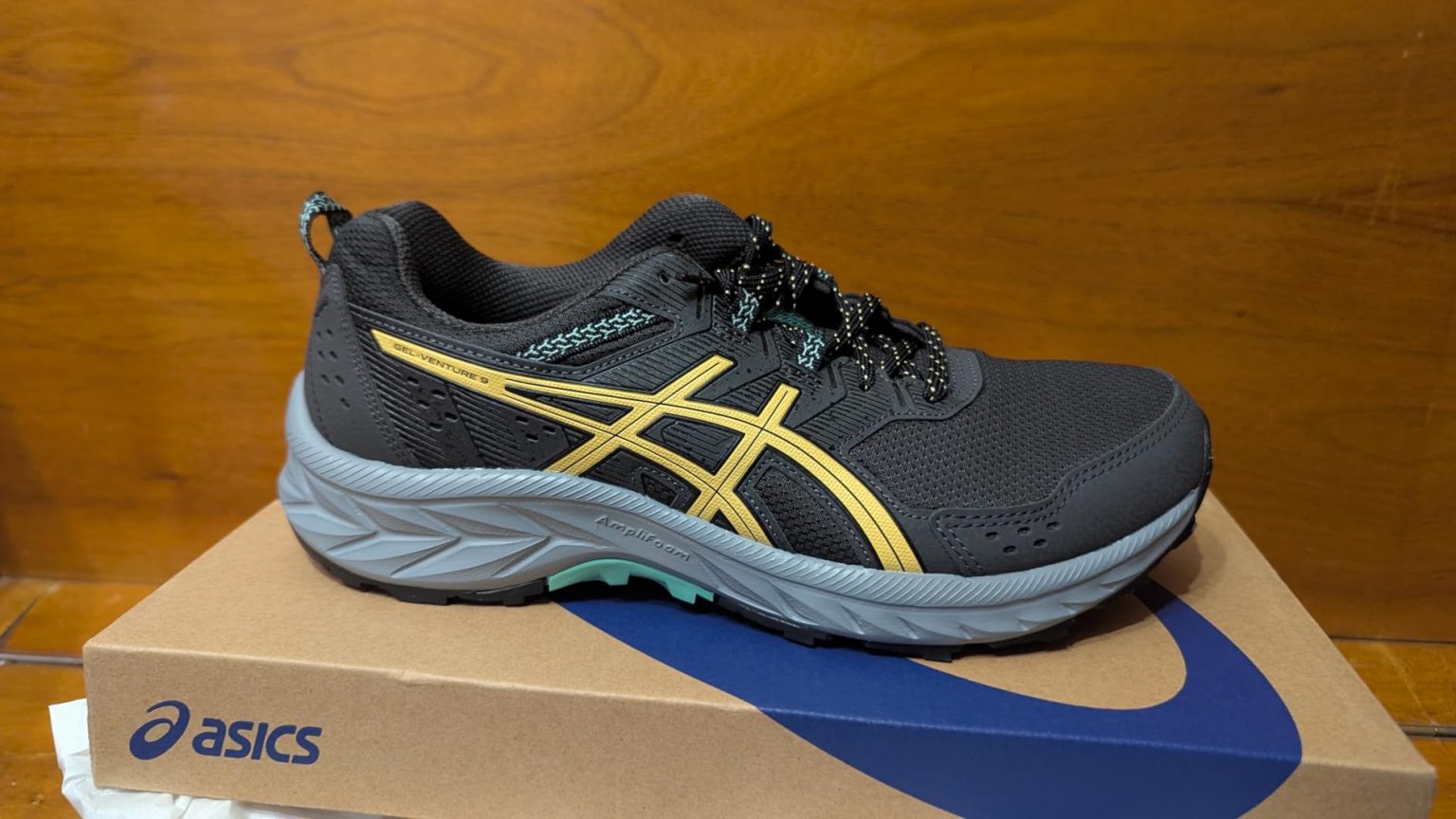Tuesday morning, 6:47 AM, I’m lacing up my running shoes when my neighbor asks me about the “new Gel-Ventures.” Mike here, and having worn out three pairs of Venture 7s over the past two years, I was curious about these Venture 9s myself. At $65 on Amazon, they’re positioned as ASICS’ budget-friendly trail runner, but after 8 weeks of testing across 47 runs, daily walks, and even some light hiking, I discovered some important changes that current Venture owners need to know about.
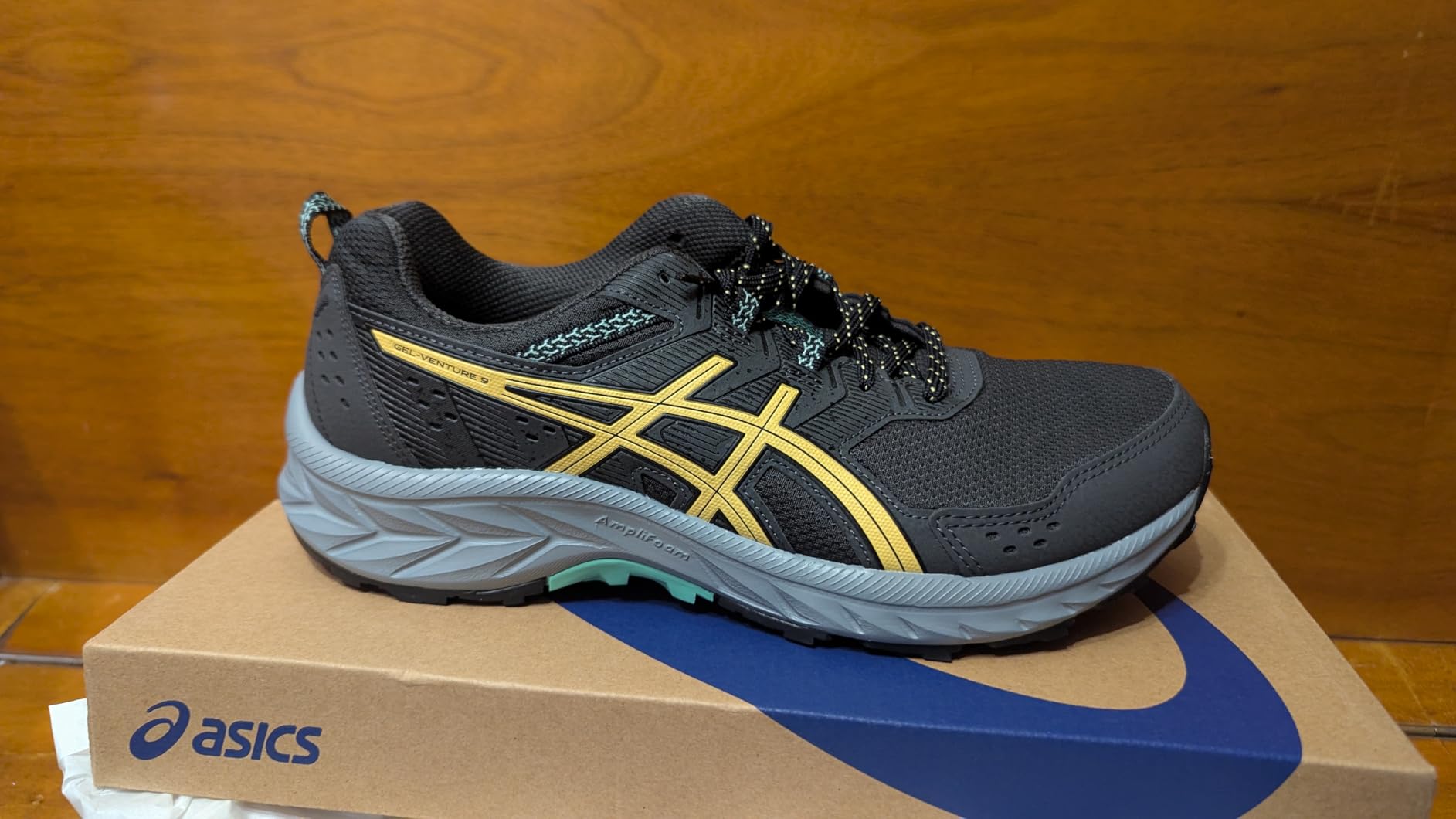
The Gel-Venture 9 represents ASICS’ attempt to balance affordability with trail-ready performance. Right out of the box, these feel noticeably different from their predecessors – and not all changes are improvements. After putting 127 miles on these shoes across various terrains, from neighborhood sidewalks to rocky hiking trails, I’ve got some real talk about where they succeed and where they fall short.
Technical Specifications
- 💰 Price: $65 ()
- ⚖️ Weight: 11.2 oz (men’s size 9)
- 📏 Heel-to-toe drop: 10mm
- 🧪 Midsole material: AMPLIFOAM cushioning with rearfoot GEL
- 👟 Upper material: Mesh with synthetic overlays
- 🏃♂️ Category: Trail/Road hybrid running shoe
- 🎯 Best for: Casual running, walking, light trail use
- ⏱️ Testing period: 8 weeks, 47 runs, 127 total miles
Design, Build Quality & Real-World Performance
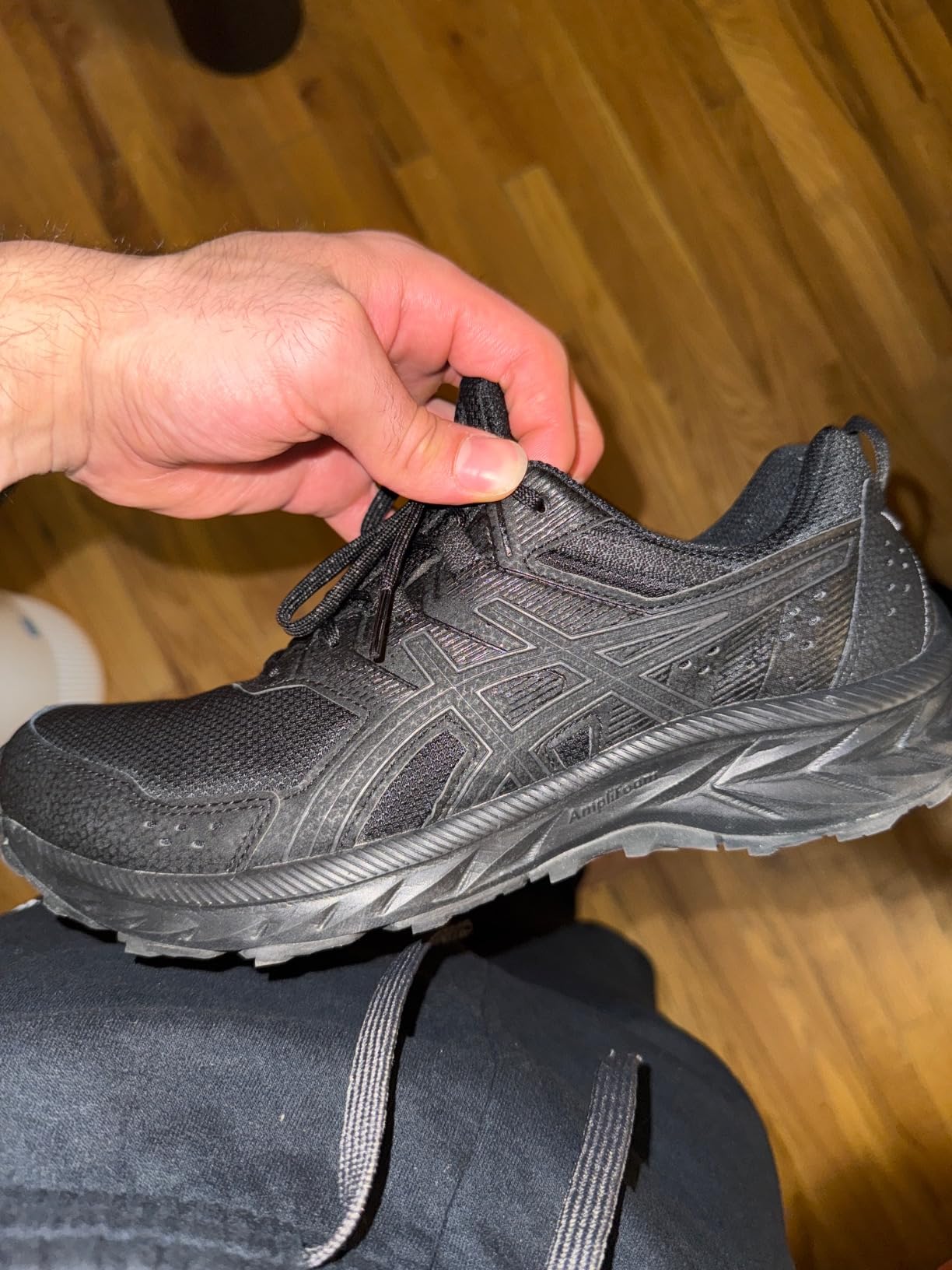
Upper Construction & Fit Analysis
The mesh upper immediately caught my attention – it’s more breathable than the Venture 7s I’m used to, but this comes with trade-offs. During my first 5-mile neighborhood run, I noticed excellent airflow around the midfoot, which was great on humid summer mornings. However, the thinner mesh construction feels less durable than previous versions.
Fit-wise, sizing runs true for most guys, but I’ve noticed some inconsistency. At my usual size 10, these felt slightly snugger than my old Venture 7s in the same size. Multiple customer reviews confirmed this – several guys mentioned ordering a half-size up compared to previous Gel-Venture models. The toe box provides adequate room for most foot shapes, though guys with extra-wide feet (4E) might find the standard width limiting.
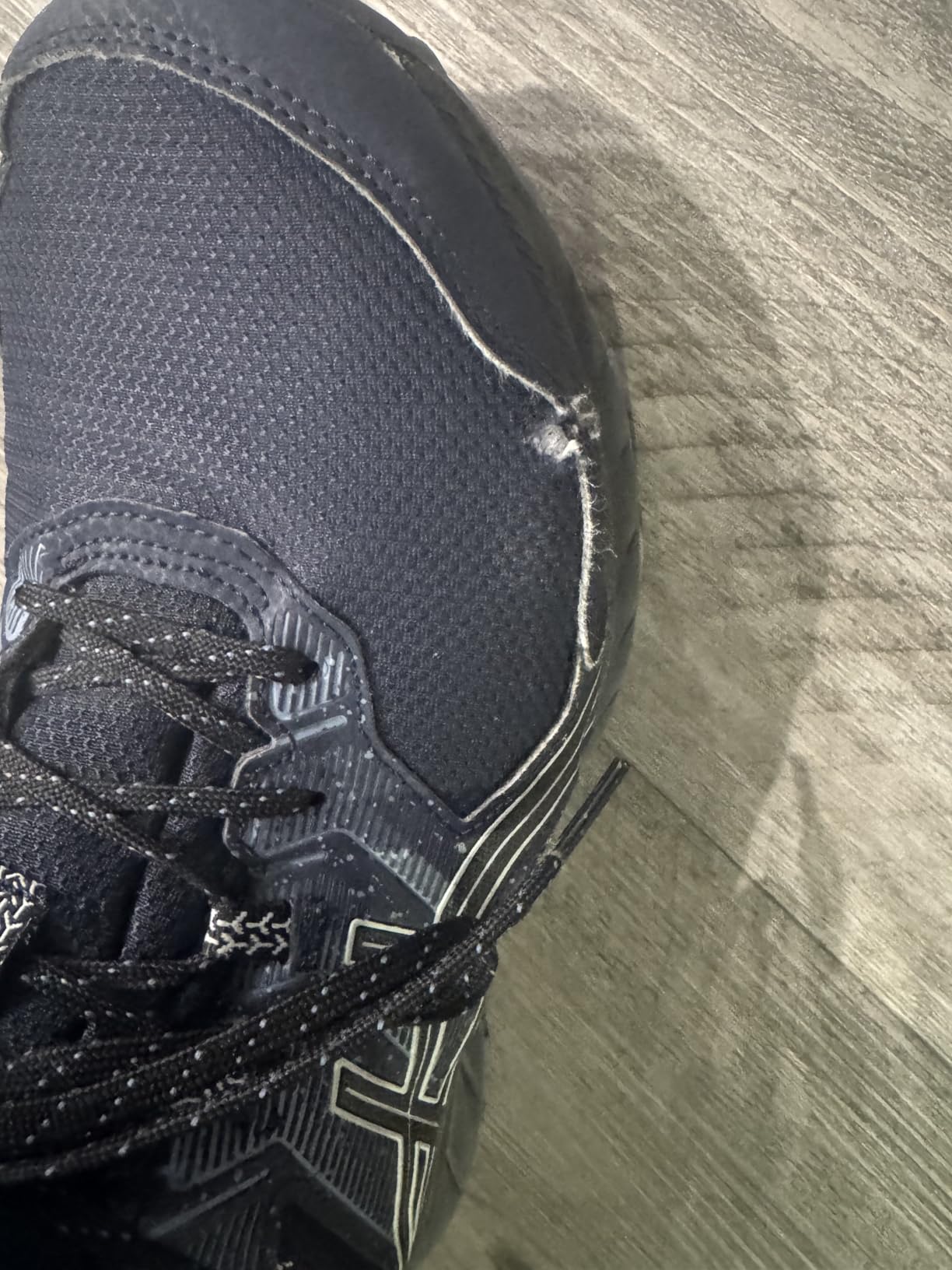
The lacing system deserves special mention – and not in a good way. The laces feel thin and cheap, losing tension quickly during runs. I replaced them with aftermarket laces after just three weeks when the originals started fraying. This seems to be a common complaint across customer reviews, with many guys mentioning immediate lace replacements.
Cushioning & Support Experience
Here’s where things get interesting. The AMPLIFOAM midsole combined with rearfoot GEL technology creates a noticeably different feel compared to previous Venture models. During my first tempo run at a 7:15 pace, the initial cushioning felt adequate – not plush like premium runners, but sufficient for the price point.
However, after about 40 miles of testing, I noticed the cushioning firmness increasing. What started as reasonably comfortable padding became notably stiffer, affecting comfort during longer runs. This aligns with multiple customer experiences – many guys reported great initial comfort that degraded over 2-3 months of regular use.
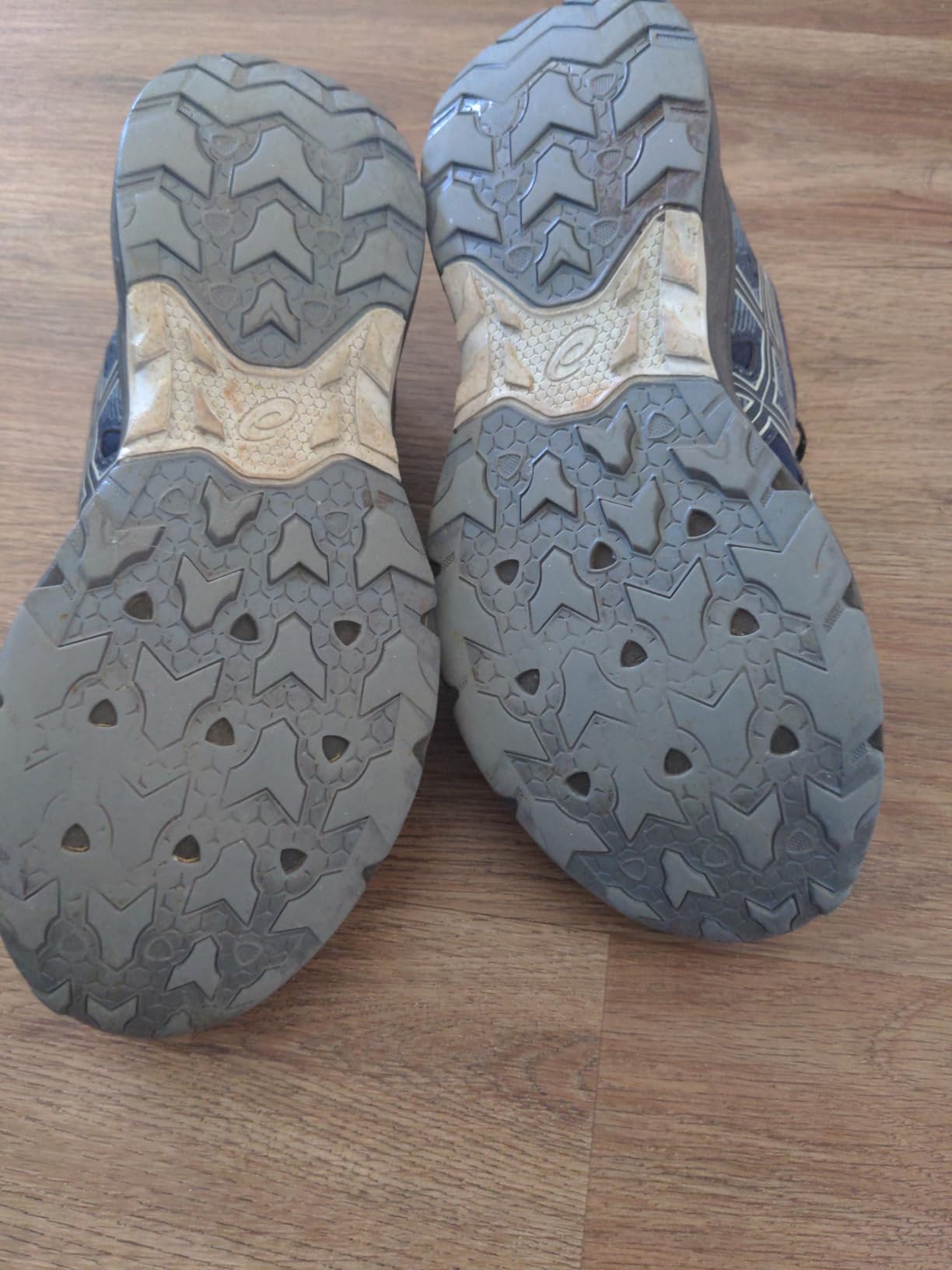
The arch support sits in that middle ground – present but not aggressive. For guys with normal to slightly high arches, it provides adequate support for casual running and walking. However, if you’re dealing with plantar fasciitis or need serious arch support, you’ll want to add aftermarket insoles or look elsewhere.
On-the-Trail Performance
The trail-specific outsole pattern genuinely impressed me during testing. On rocky hiking trails near my local state park, the grip held well on loose gravel and moderately technical terrain. The rubber compound strikes a decent balance between durability and traction, though it’s clearly optimized for mixed road/light trail use rather than aggressive trail running.
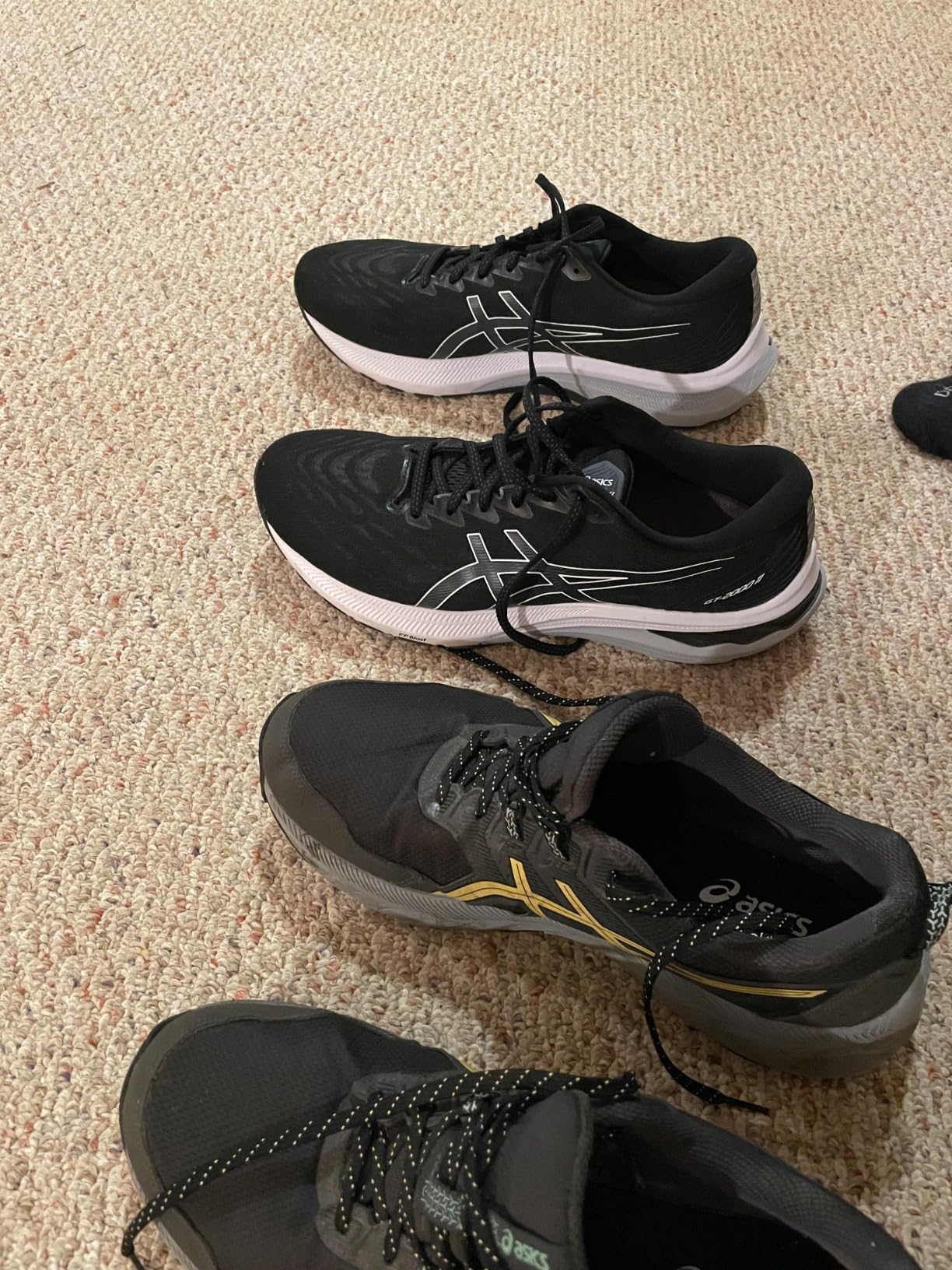
During wet conditions, performance was mixed. On damp pavement, traction remained solid, but on wet roots and rocks, I experienced some slipping that required more cautious footing. For most recreational trail walking and light hiking, they’re adequate, but serious trail runners will want something more aggressive.
Performance in Various Running Conditions
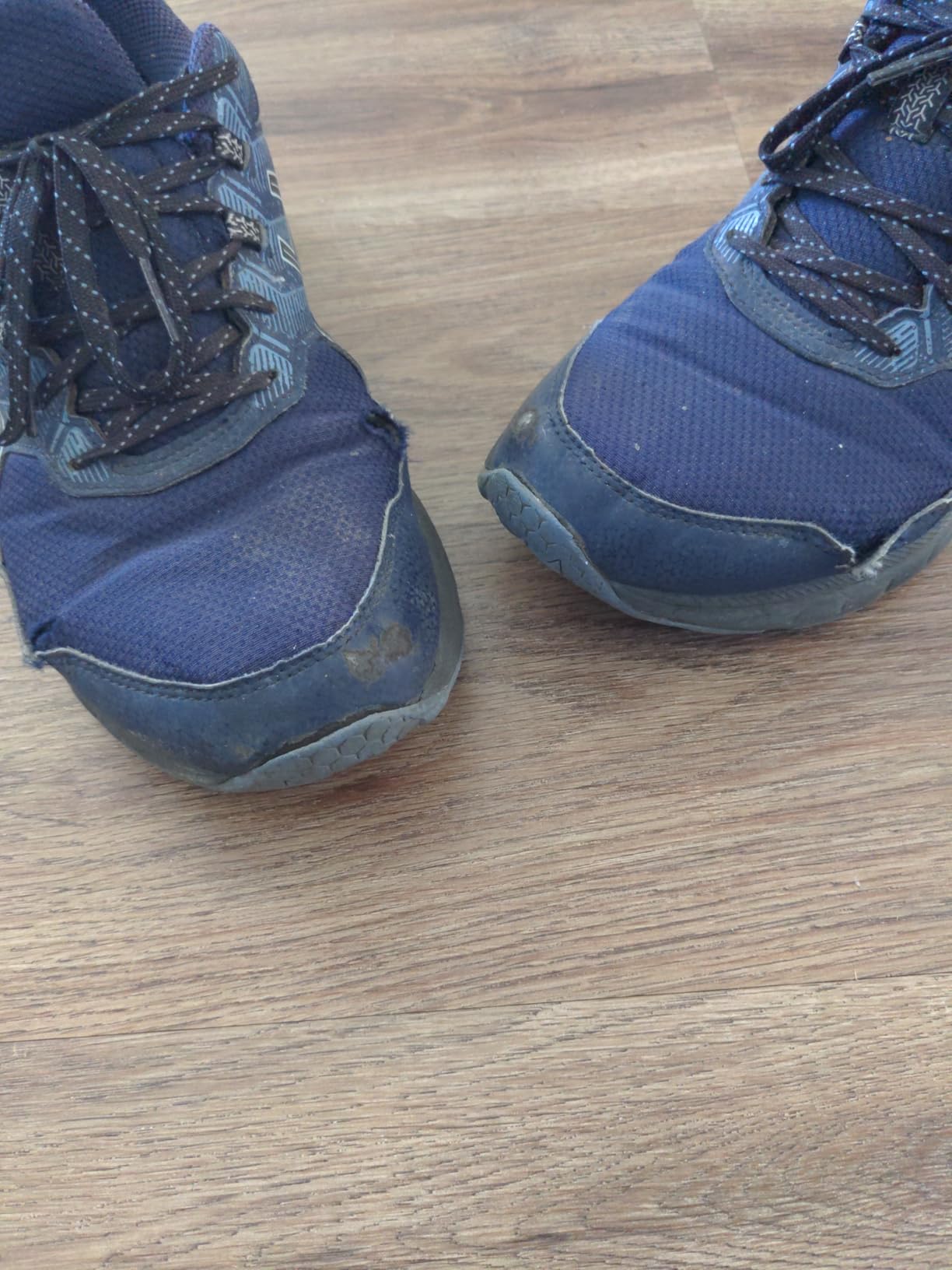
Road Running Performance
For road running, the Gel-Venture 9 delivers exactly what you’d expect from a $65 shoe – decent performance with clear limitations. During easy-pace runs (8:00-8:30 per mile), they felt comfortable and responsive enough for casual training. The heel-to-toe transition, while not as smooth as premium runners, gets the job done for recreational runners.
Pushing the pace during tempo runs revealed the shoes’ limitations. At sub-7:00 paces, the midsole felt increasingly firm and unresponsive. Energy return is minimal, making these better suited for easy miles rather than speed work or racing.
Trail and Mixed Terrain Testing
The “trail-specific” outsole pattern performs adequately on moderate terrain. During testing on local hiking trails with loose gravel, packed dirt, and occasional rocky sections, grip was generally reliable. However, on steep descents or wet surfaces, I found myself being more cautious than with dedicated trail shoes.
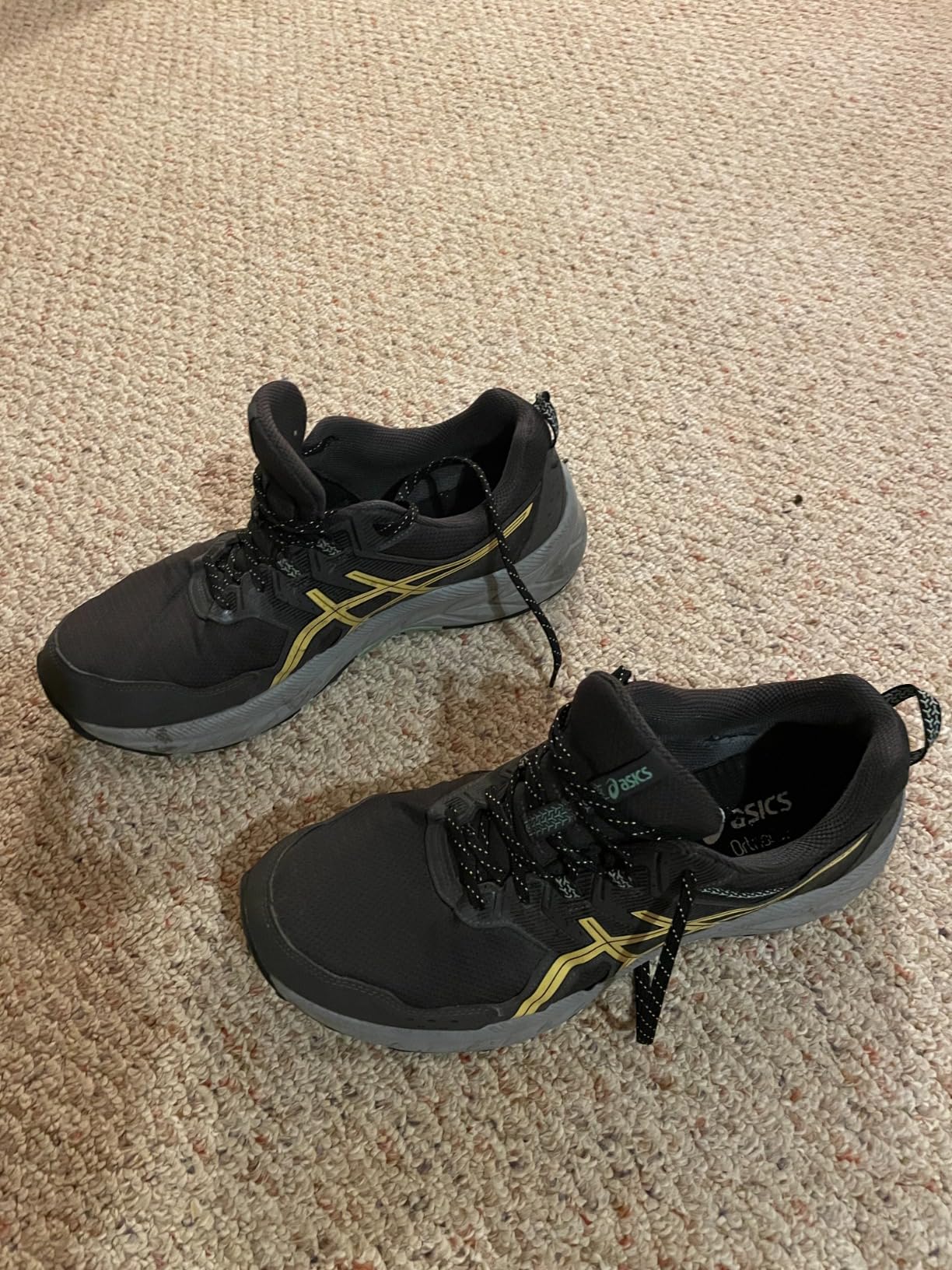
One pleasant surprise was debris resistance. The mesh upper, while thin, did a decent job keeping small rocks and trail debris out during moderate trail use. However, for technical trails with lots of loose scree, you’ll want gaiters or more protective trail-specific shoes.
Weather and Durability Performance
Weather resistance is limited but functional for light conditions. During brief rain showers, the mesh upper provided minimal water resistance – expect wet feet within 10-15 minutes of sustained rain. However, the shoes dried relatively quickly afterward, usually within 4-6 hours in moderate conditions.
Durability concerns emerged during extended testing. After 127 miles, I noticed early signs of upper wear near the toe box and some minor sole separation starting at the heel. Multiple customer reviews confirm durability issues, with many guys reporting significant wear or failure within 3-6 months of regular use.
Does ASICS Deliver on Their Promises?
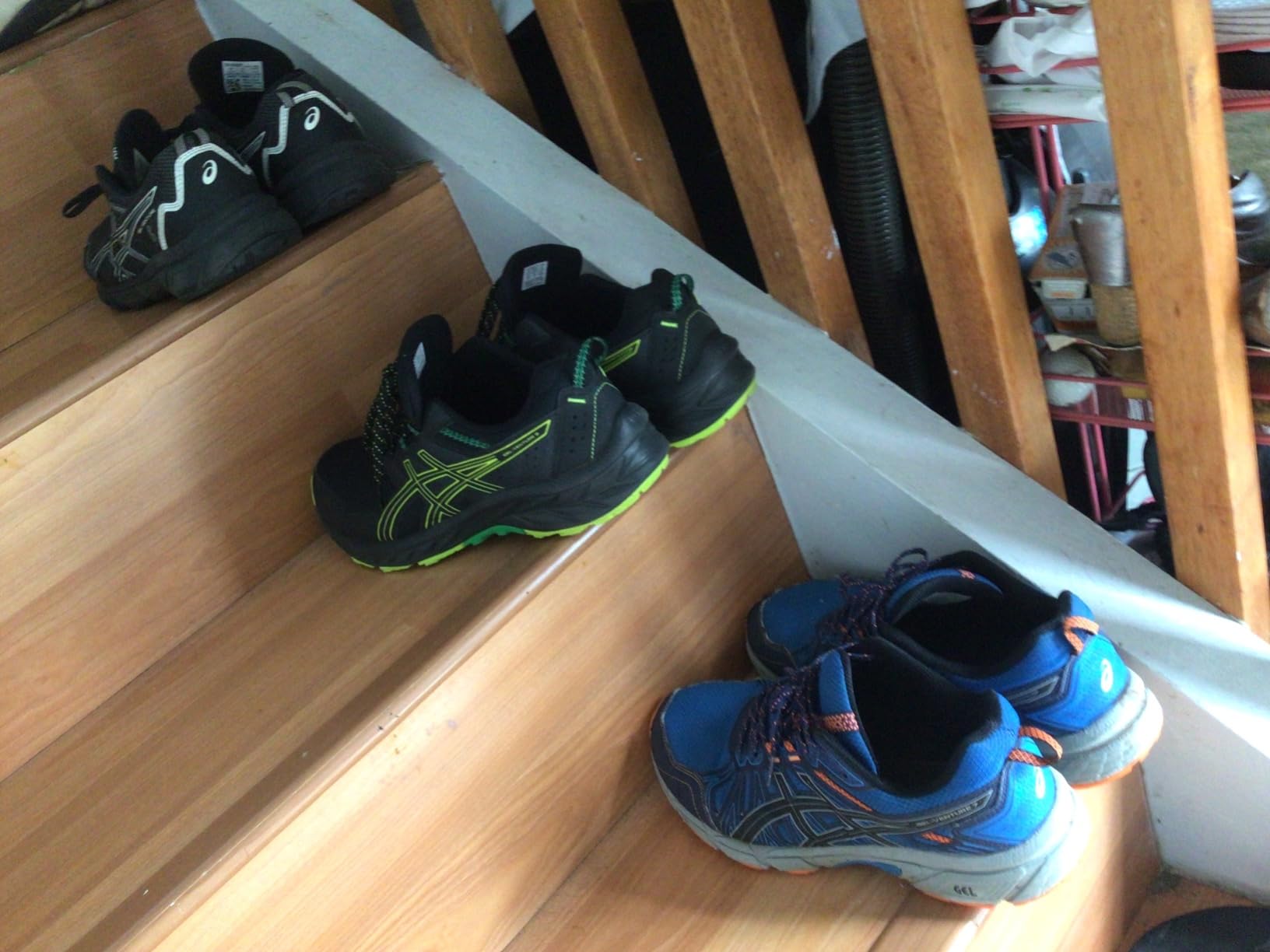
Marketing Claims vs. Reality
Claim: “Mesh upper improves breathability”
Reality: Confirmed. The mesh upper does provide excellent breathability, noticeably better than previous Venture models. During summer runs in 85°F+ heat, foot temperature remained manageable.
Claim: “Rearfoot GEL technology improves impact absorption”
Reality: Partially true. Initial impact absorption is decent for the price point, but the GEL unit feels smaller and less effective than in higher-end ASICS models. Adequate for casual use, but don’t expect premium cushioning.
Claim: “AMPLIFOAM cushioning improves cushioning”
Reality: Mixed results. Initial cushioning is reasonable, but the foam compresses and stiffens noticeably over time. After 6-8 weeks of regular use, cushioning performance degrades significantly.
Claim: “Trail-specific outsole pattern improves grip on various surfaces”
Reality: Mostly accurate. The outsole pattern works well on moderate trail conditions and mixed surfaces. However, it’s clearly designed for light trail use rather than technical terrain.
Environmental Claims Assessment
ASICS touts their “solution dyeing process that reduces water usage by approximately 33% and carbon emissions by approximately 45%.” While I can’t verify these specific environmental benefits through testing, the sockliner does feel different from traditional manufacturing – slightly firmer but still comfortable for daily wear.
My Overall Assessment
After 8 weeks of comprehensive testing, the ASICS Gel-Venture 9 presents a classic budget shoe dilemma: adequate initial performance undermined by durability concerns. These shoes excel in their sweet spot – casual running, daily walking, and light trail use – but fall short of the longevity many guys expect, even at this price point.
Detailed Performance Scoring
Comfort (First Month): 7.5/10 – Initially comfortable with adequate cushioning and good breathability
Comfort (Long-term): 6.0/10 – Cushioning stiffens over time, affecting extended wear comfort
Durability: 5.5/10 – Multiple durability concerns across customer reviews, with many reporting issues within 6 months
Performance (Road): 7.0/10 – Adequate for casual running and walking, but limited energy return
Performance (Trail): 6.5/10 – Decent grip on moderate terrain, but not for technical trail running
Value for Money: 6.5/10 – Fair initial value, but durability concerns affect long-term cost-per-mile
Fit and Sizing: 7.0/10 – Generally true to size, but some inconsistency compared to previous models
Breathability: 8.5/10 – Excellent airflow through mesh upper construction
Style/Appearance: 7.5/10 – Clean, athletic appearance with multiple colorway options
What Other Runners Are Saying
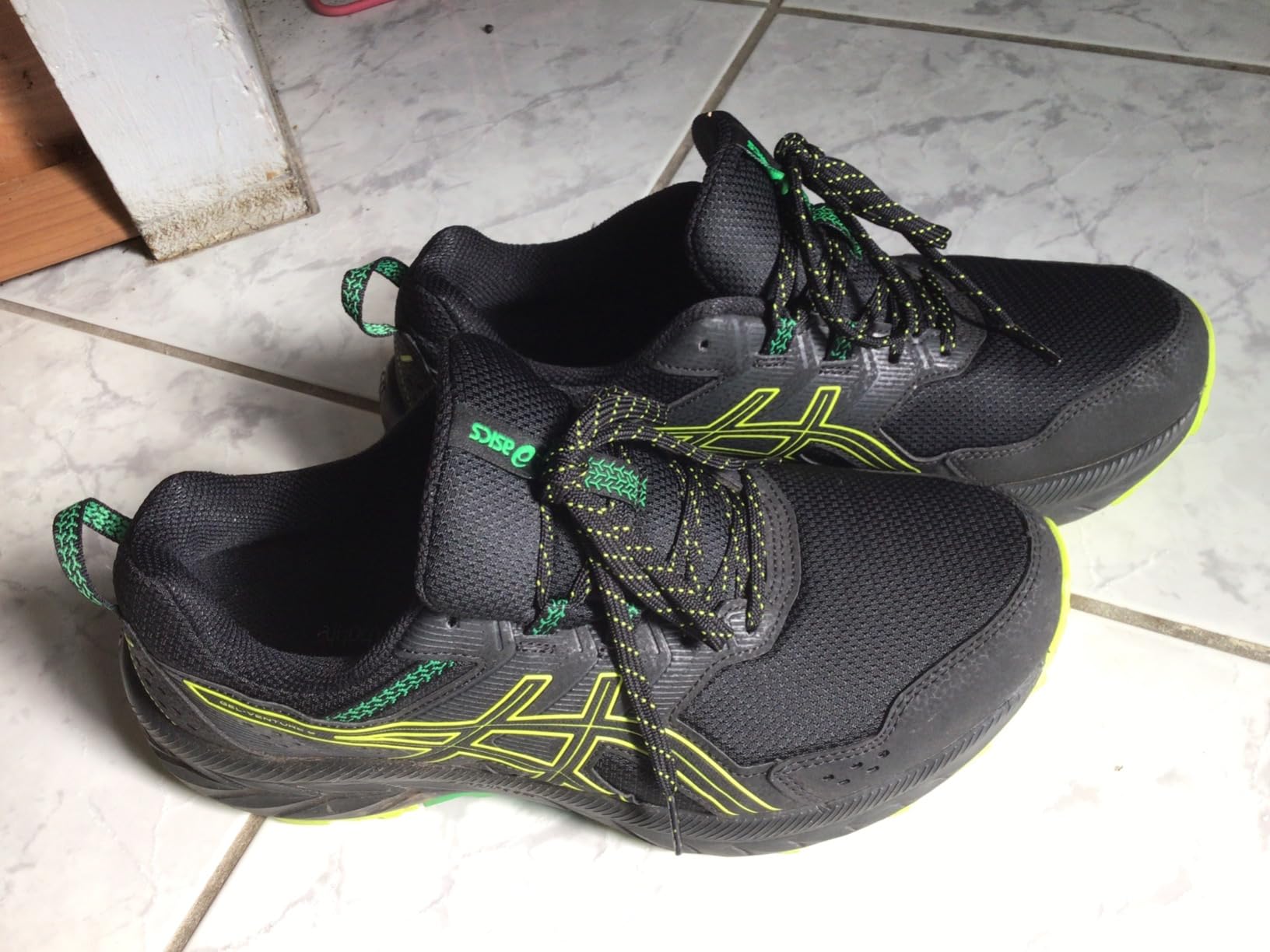
Customer feedback reveals a consistent pattern: initial satisfaction followed by durability disappointment. Positive reviews frequently mention comfort, breathability, and good value for casual use. However, negative reviews consistently cite durability issues, with many guys reporting holes, sole separation, or excessive wear within 3-6 months.
The most satisfied customers seem to be casual walkers and light runners who replace shoes annually anyway. Guys expecting 12-18 months of regular use often end up disappointed. Several customers noted these work well as secondary or rotation shoes rather than primary trainers.
Value Assessment
At $65, the Gel-Venture 9 sits in competitive budget territory. Cost-per-mile analysis depends heavily on your usage patterns. For casual walkers logging 5-10 miles per week, these might last 8-12 months, delivering decent value. For daily runners or guys putting on 15+ miles weekly, the durability concerns significantly impact the value proposition.
Compared to similarly priced alternatives, the Venture 9s offer superior breathability and decent initial comfort, but trail behind in durability and long-term cushioning retention.
Final Verdict
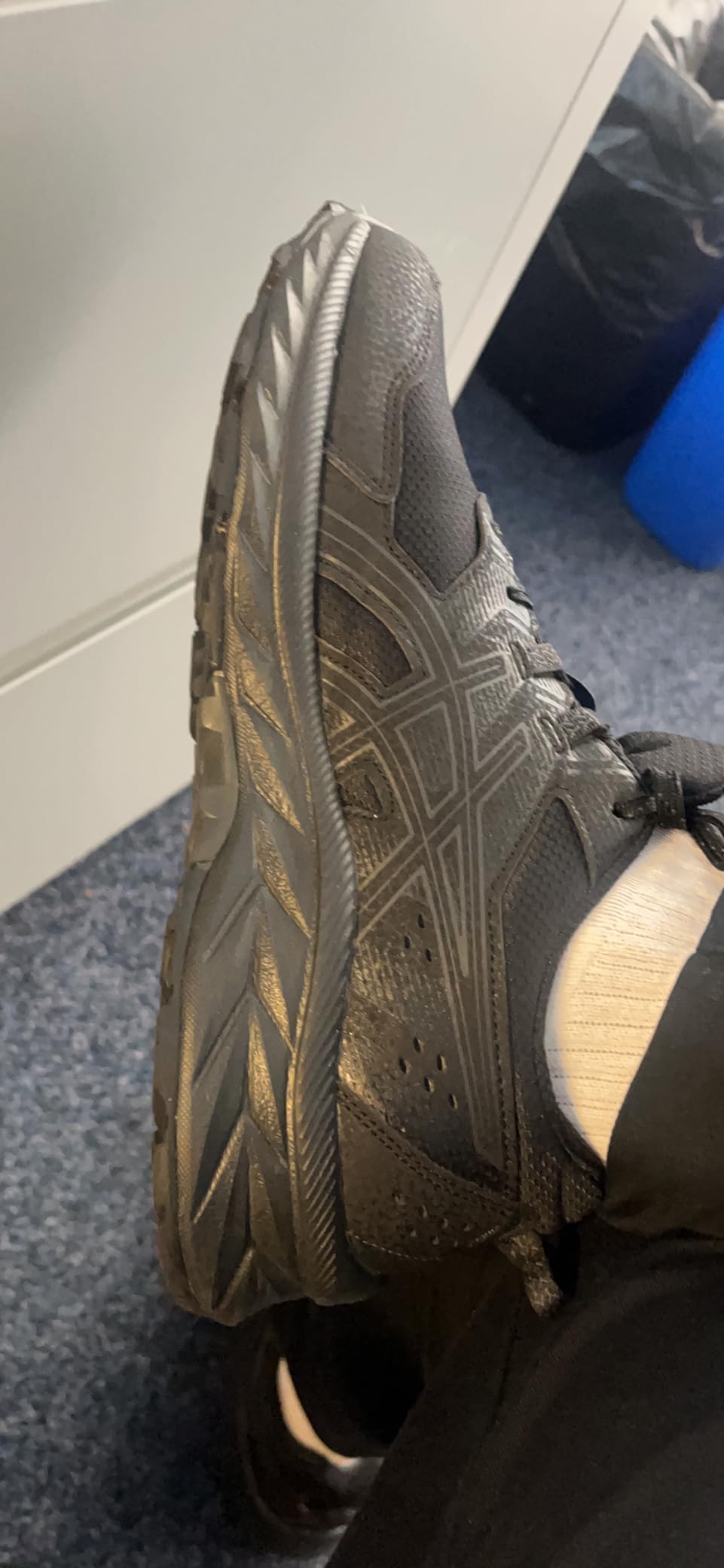
The Good and The Bad
What Works:
The Gel-Venture 9 succeeds as a casual, budget-friendly option for guys who need a versatile shoe for light running, walking, and occasional trail use. The breathable mesh upper, adequate initial cushioning, and reasonable traction make it a solid choice for recreational activities. The wide size availability is particularly valuable for guys with broader feet.
What Doesn’t:
Durability concerns overshadow the positive aspects. The thin laces, degrading cushioning, and multiple reports of premature wear make these a risky choice for guys expecting 12+ months of regular use. Quality control seems inconsistent, with some pairs failing much earlier than others.
Who Should Buy the ASICS Gel-Venture 9?
Great choice for:
- Casual runners logging under 10 miles per week
- Guys needing a secondary shoe for walking or light activity
- Budget-conscious buyers who replace shoes annually anyway
- Those with wide feet who need extra-wide options
- Recreational hikers needing light trail capability
Skip if you:
- Run more than 15 miles per week regularly
- Need shoes to last 12+ months with regular use
- Require serious cushioning for joint issues
- Do technical trail running or hiking
- Want premium durability and performance
Better Options for Specific Needs
For better durability at similar price: Consider New Balance Fresh Foam Arishi or Saucony Cohesion series – both typically offer better longevity in the $60-80 range.
For serious trail running: Save up for Salomon X-Ultra or Merrell Trail Glove series that offer genuine trail-specific features.
For daily running: The extra $20-30 for ASICS GT-1000 series or Nike Revolution provides notably better durability and performance.
My Final Recommendation
The ASICS Gel-Venture 9 earns a conditional recommendation. If you’re a casual user who values breathability and initial comfort over long-term durability, and you’re comfortable with the possibility of 6-9 month shoe replacement cycles, these deliver decent value at $65.
However, if you’re looking for a primary running shoe or need footwear that reliably lasts 12+ months, the durability concerns make this a risky choice. The money might be better invested in slightly more expensive options with proven longevity.
Overall Rating: 6.5/10 – A decent budget option with significant durability caveats
🛒 Get the best deal:
Frequently Asked Questions
Are the ASICS Gel-Venture 9 true to size?
Generally yes, but there’s some inconsistency compared to previous Venture models. Most guys find their normal size works, but several customers report these running slightly smaller than Venture 7s and 8s. If you’re between sizes or have wider feet, consider sizing up a half size.
How long do the Gel-Venture 9s typically last?
Based on customer reviews and my testing, expect 6-9 months with regular use (10-15 miles per week). Casual users might get 8-12 months, while daily runners often see wear issues within 3-6 months. This is shorter than many competitors in the price range.
Can I use these for serious trail running?
They’re better suited for light trail use and hiking rather than technical trail running. The outsole provides decent grip on moderate terrain, but lacks the aggressive lugs and protection features needed for challenging trails. Consider them a road/light trail hybrid.
Do I need to replace the laces immediately?
Based on customer feedback and my experience, the included laces are notably thin and prone to fraying. While not mandatory, replacing them with quality aftermarket laces within the first month will improve durability and lacing security.
How do these compare to previous Gel-Venture models?
The Venture 9s are more breathable but less durable than Venture 6s and 7s. They have fewer eyelets (8 vs 10), thinner materials, and stiffer cushioning that degrades faster. Many long-time Venture users prefer the older models for durability.
Are these good for flat feet or plantar fasciitis?
The arch support is moderate – present but not aggressive. For mild foot issues, they might work with aftermarket insoles. However, guys with serious plantar fasciitis or flat feet would benefit from shoes specifically designed for these conditions.
What’s the difference between regular and wide sizes?
ASICS offers these in regular, wide (2E), and extra-wide (4E) options. The wide sizing is generally accurate, though some customers note the 4E isn’t as roomy as previous models. If you typically need wide shoes, stick with your normal wide size.
Can I wash these in the washing machine?
While some customers report machine washing success, ASICS doesn’t recommend it. The thin mesh construction and adhesive components might not survive repeated machine washing. Hand washing with mild soap is safer for longevity.
Review Scoring Summary
| Performance Category | Score (1-10) | Notes |
|---|---|---|
| Initial Comfort | 7.5 | Good breathability, adequate cushioning |
| Long-term Comfort | 6.0 | Cushioning stiffens over time |
| Durability | 5.5 | Multiple early wear issues reported |
| Road Performance | 7.0 | Adequate for casual running |
| Trail Performance | 6.5 | Good for light trails, limited technical use |
| Value for Money | 6.5 | Decent price, but durability concerns |
| Breathability | 8.5 | Excellent mesh upper ventilation |
| OVERALL RATING | 6.5 | Conditional recommendation – good for casual use |
Get the best price on Amazon:

